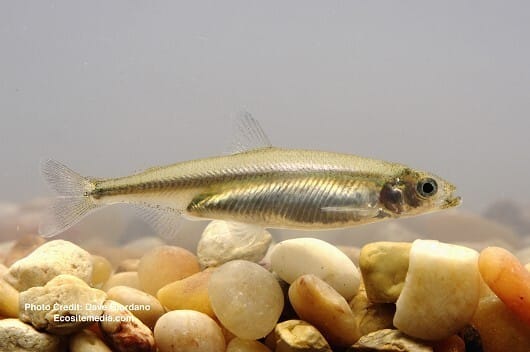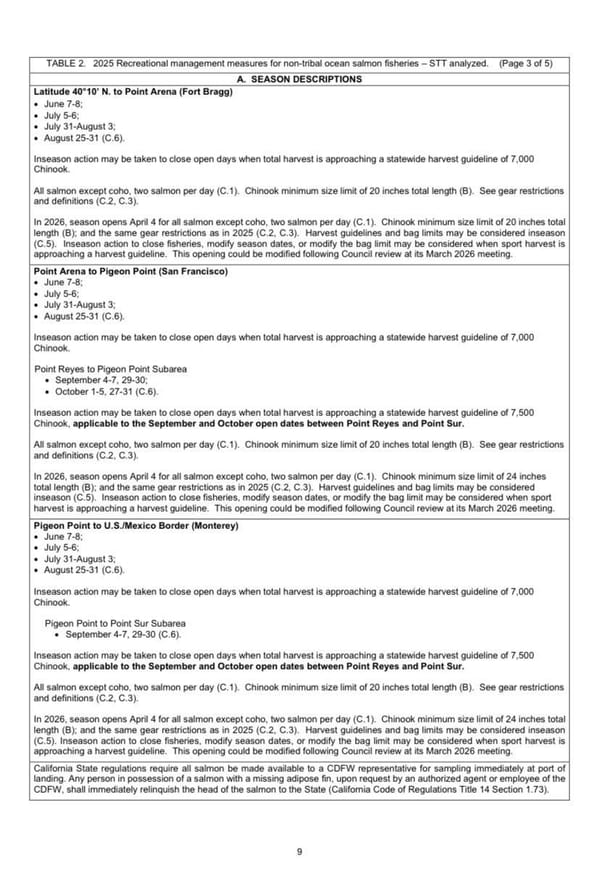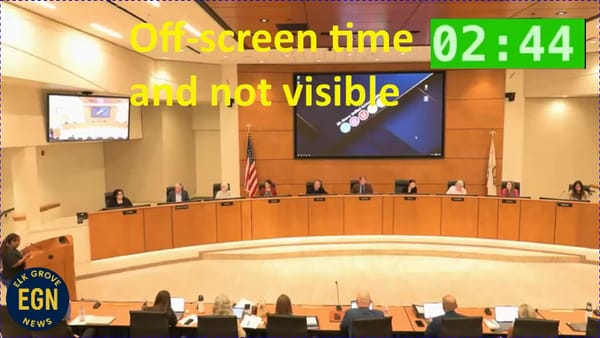State and federal water agencies cancel fall flow protections for endangered Delta Smelt!
Current state and federal Endangered Species Act (ESA) permits require DWR and Reclamation to release a pulse of water through the Delta to the San Francisco Bay in September and October




